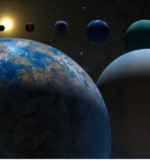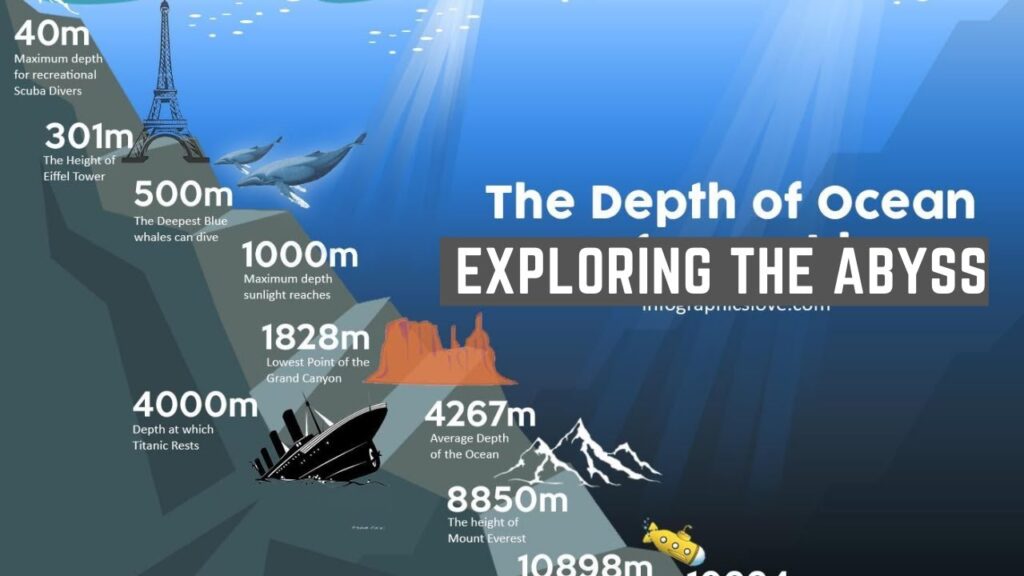In January 1992, two cosmic objects forever changed our galaxy.
For the first time, we had concrete evidence of extrasolar planets, or exoplanets, orbiting an alien star: two rocky worlds, whirling around a star 2,300 light-years away.
Now, just over 30 years later, that number has exploded. This week, March 21 marked the hugely significant milestone of over 5,000 exoplanets confirmed. To be precise, 5,005 exoplanets are now documented in the NASA exoplanet archive, every one with its own unique characteristics.
Each and every one of these exoplanets has appeared in peer-reviewed research, and been observed using multiple detection techniques or methods of analysis.
The pickings are rich for follow-up study to learn more about these worlds with new instruments, such as the recently launched James Webb Space Telescope, and upcoming Nancy Grace Roman Space Telescope.
“It’s not just a number,” says astronomer Jessie Christiansen of the NASA Exoplanet Science Institute at Caltech. “Each one of them is a new world, a brand-new planet. I get excited about every one because we don’t know anything about them.”
The first two worlds ever confirmed, discovered by astronomers Alexander Wolszczan and Dale Frail, were exoplanets 4.3 and 3.9 times the mass of Earth, whirling around a dead star known as a millisecond pulsar, which sends out ‘beats’ or pulses of radio waves on millisecond timescales.
A third exoplanet, much smaller at 0.02 times the mass of Earth, was discovered orbiting the star, since named Lich, in 1994. The exoplanets were named Poltergeist, Phobetor, and Draugr, respectively.
The discovery suggested that the galaxy had to be teeming with the things. Pulsars are a type of neutron star: the dead cores of massive stars that have ejected most of their mass, then collapsed under their own gravity. Their formation process is pretty extreme, often involving colossal explosions.
“If you can find planets around a neutron star, planets have to be basically everywhere,” Wolszczan says. “The planet production process has to be very robust.”
But there was a catch. The technique used to identify these exoplanets was based on the very regular timing of pulses from the star, which are altered very slightly by the gravitational influence of the orbiting bodies.
Alas, this technique is restricted to pulsars; it’s unsuitable for main-sequence stars that don’t have regular millisecond pulsations.
However, when astronomer William Borucki of NASA pioneered the transit method, which observes faint, regular dips in starlight as an exoplanet passes between us and the host star, exoplanet science exploded.
The Kepler Space Telescope, launched in 2009, contributed over 3,000 confirmed exoplanets to the list, with another 3,000 candidates waiting in the wings.
In addition to the transit method, astronomers can study the gravitational effect exoplanets exert on their host stars. As the objects orbit a mutual center of gravity, a star appears to ‘wobble’ slightly on the spot, altering the wavelengths of its light.
In addition, if you know the mass of the star, you can study how much it wobbles to infer the mass of the exoplanet; and, if you know how intrinsically bright a star is, you can infer the size of the exoplanet.
This is how we know that there are exoplanets out there in the Universe very, very different from those we have in our own home system.
Hot Jupiters are enormous gas giants on incredibly close orbits around their stars, the proximity resulting in exoplanet temperatures that can be even hotter than some stars.
Mini Neptunes inhabit the size and mass regime between Earth and Neptune, and could potentially be habitable. There are also super Earths, which are rocky like Earth, but up to a few times the mass.
Because studying exoplanets directly is very hard – they are small, very dim, very far away, and often very close to a bright star whose light drowns out anything the exoplanet might reflect – there’s still a lot we don’t know. There are also still a lot of worlds out there beyond our current detection thresholds.
But in the years ahead, those thresholds will retreat against the advance of technology and new analysis techniques, and we may find a variety of worlds beyond our wackiest dreams. Maybe we’ll even find traces of life outside the Solar System.
“I get a real feeling of satisfaction, and really of awe at what’s out there,” Borucki says.
“None of us expected this enormous variety of planetary systems and stars. It’s just amazing.”








 Photographer Finds Locations Of 1960s Postcards To See How They Look Today, And The Difference Is Unbelievable
Photographer Finds Locations Of 1960s Postcards To See How They Look Today, And The Difference Is Unbelievable  Hij zet 3 IKEA kastjes tegen elkaar aan en maakt dit voor zijn vrouw…Wat een gaaf resultaat!!
Hij zet 3 IKEA kastjes tegen elkaar aan en maakt dit voor zijn vrouw…Wat een gaaf resultaat!!  Scientists Discover 512-Year-Old Shark, Which Would Be The Oldest Living Vertebrate On The Planet
Scientists Discover 512-Year-Old Shark, Which Would Be The Oldest Living Vertebrate On The Planet  Hus til salg er kun 22 kvadratmeter – men vent til du ser det indvendigt
Hus til salg er kun 22 kvadratmeter – men vent til du ser det indvendigt  Superknepet – så blir snuskiga ugnsformen som ny igen!
Superknepet – så blir snuskiga ugnsformen som ny igen!  Meteorite That Recently Fell in Somalia Turns Out to Contain Two Minerals Never Before Seen on Earth
Meteorite That Recently Fell in Somalia Turns Out to Contain Two Minerals Never Before Seen on Earth  Nearly Frozen Waves Captured On Camera By Nantucket Photographer
Nearly Frozen Waves Captured On Camera By Nantucket Photographer  It’s Official: Astronomers Have Discovered another Earth
It’s Official: Astronomers Have Discovered another Earth 